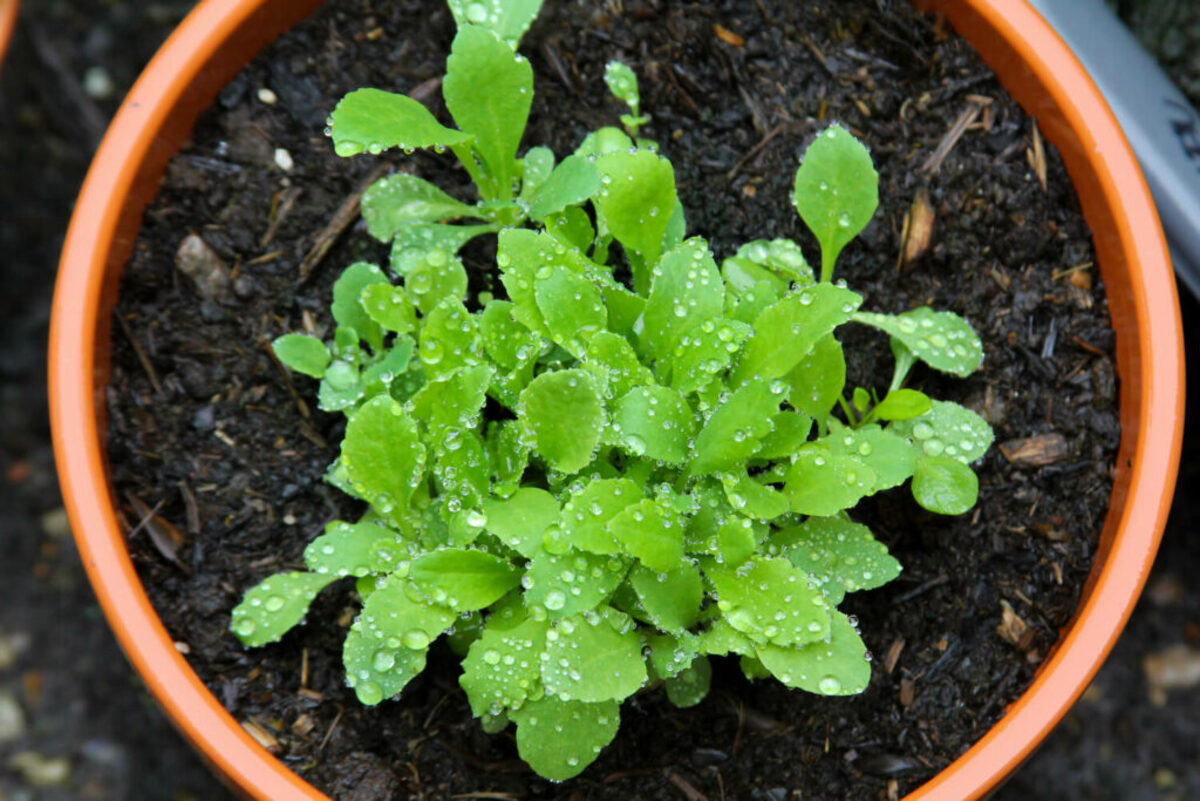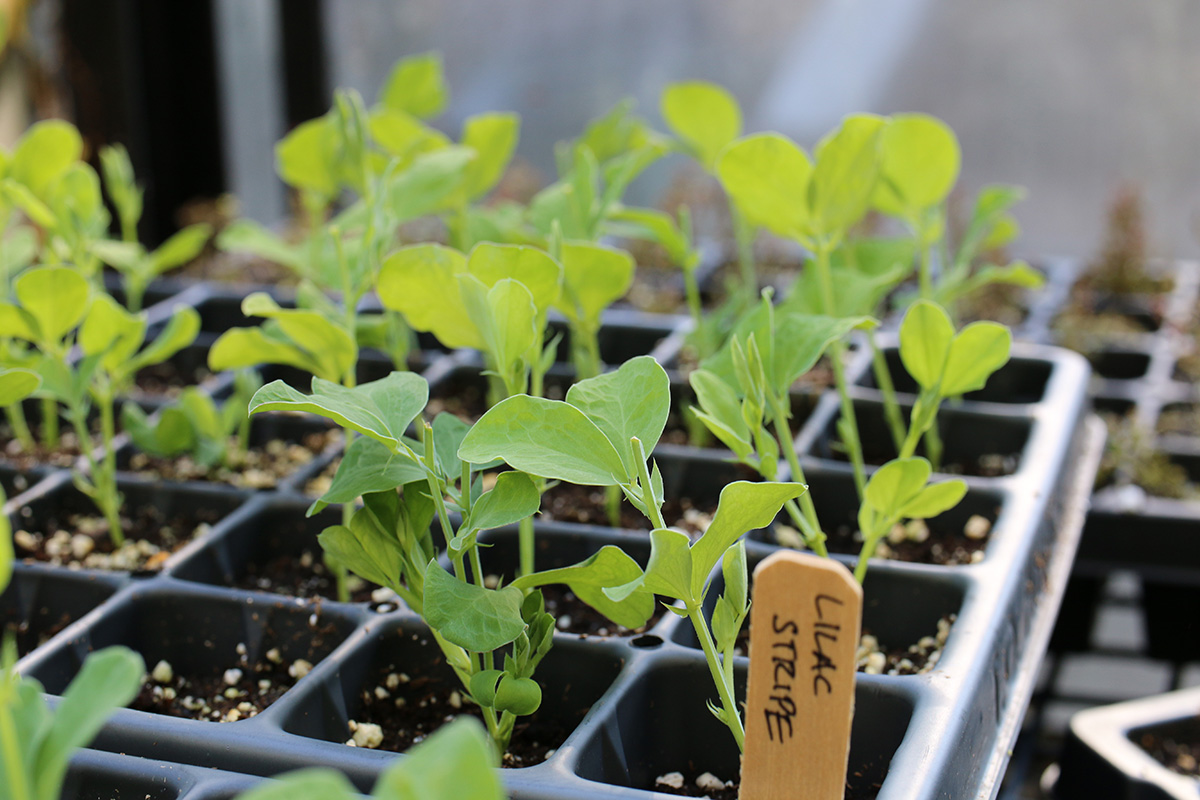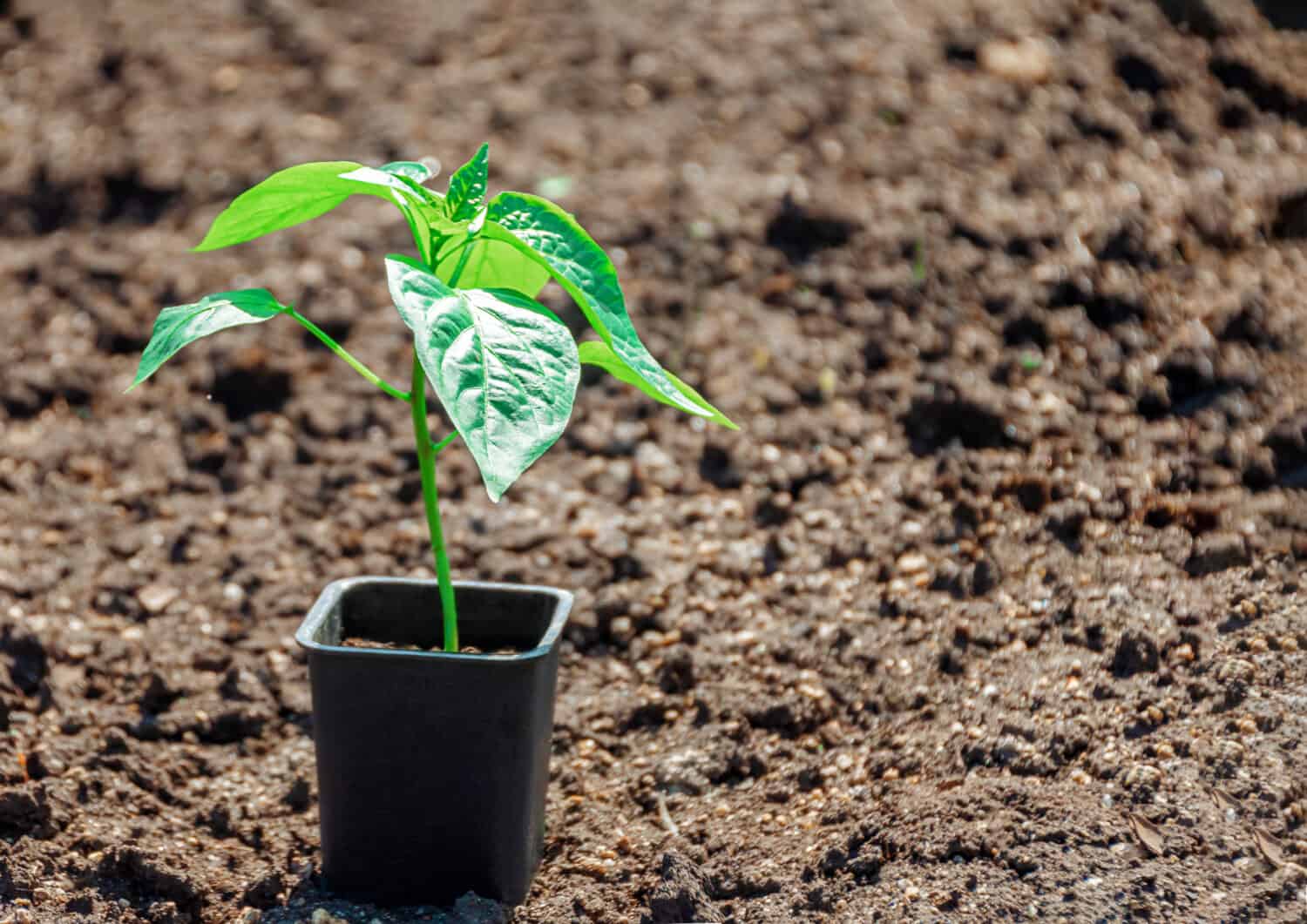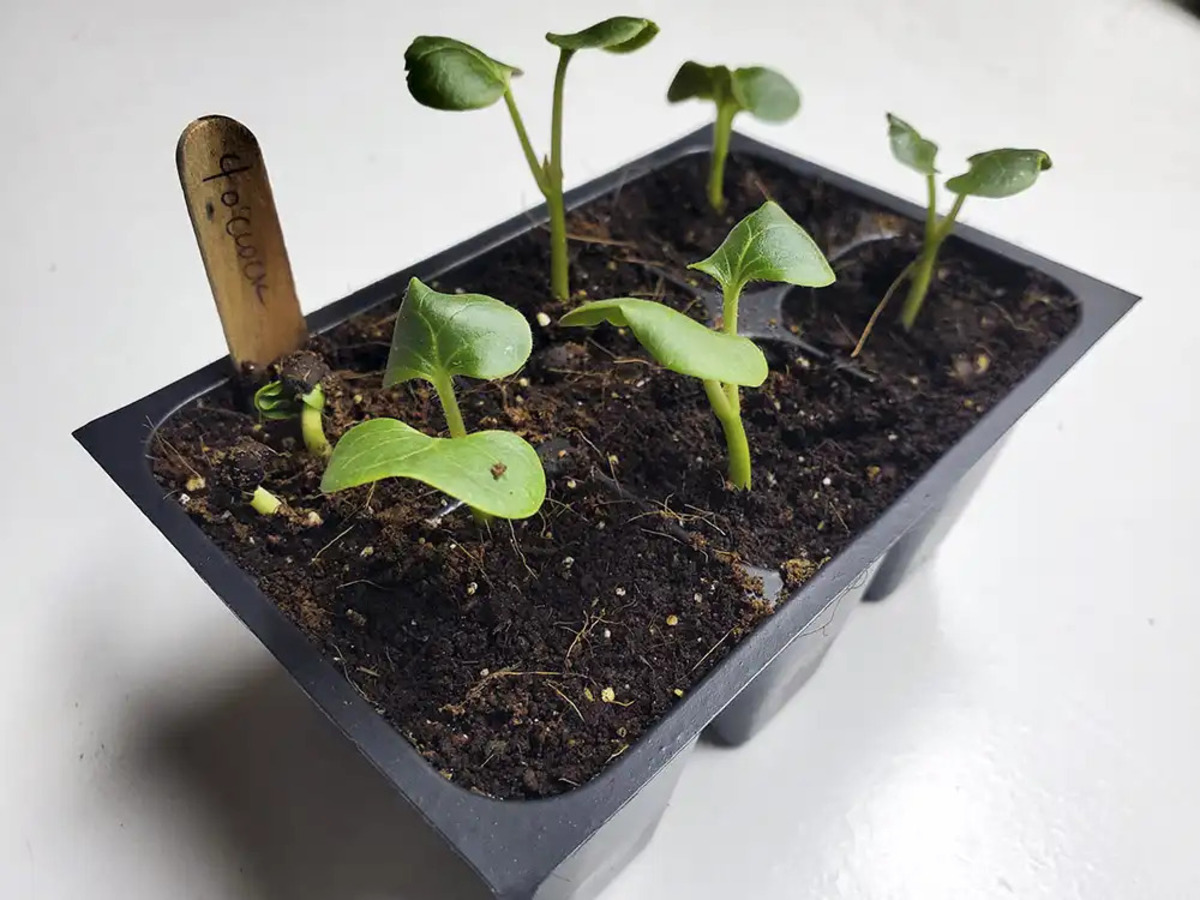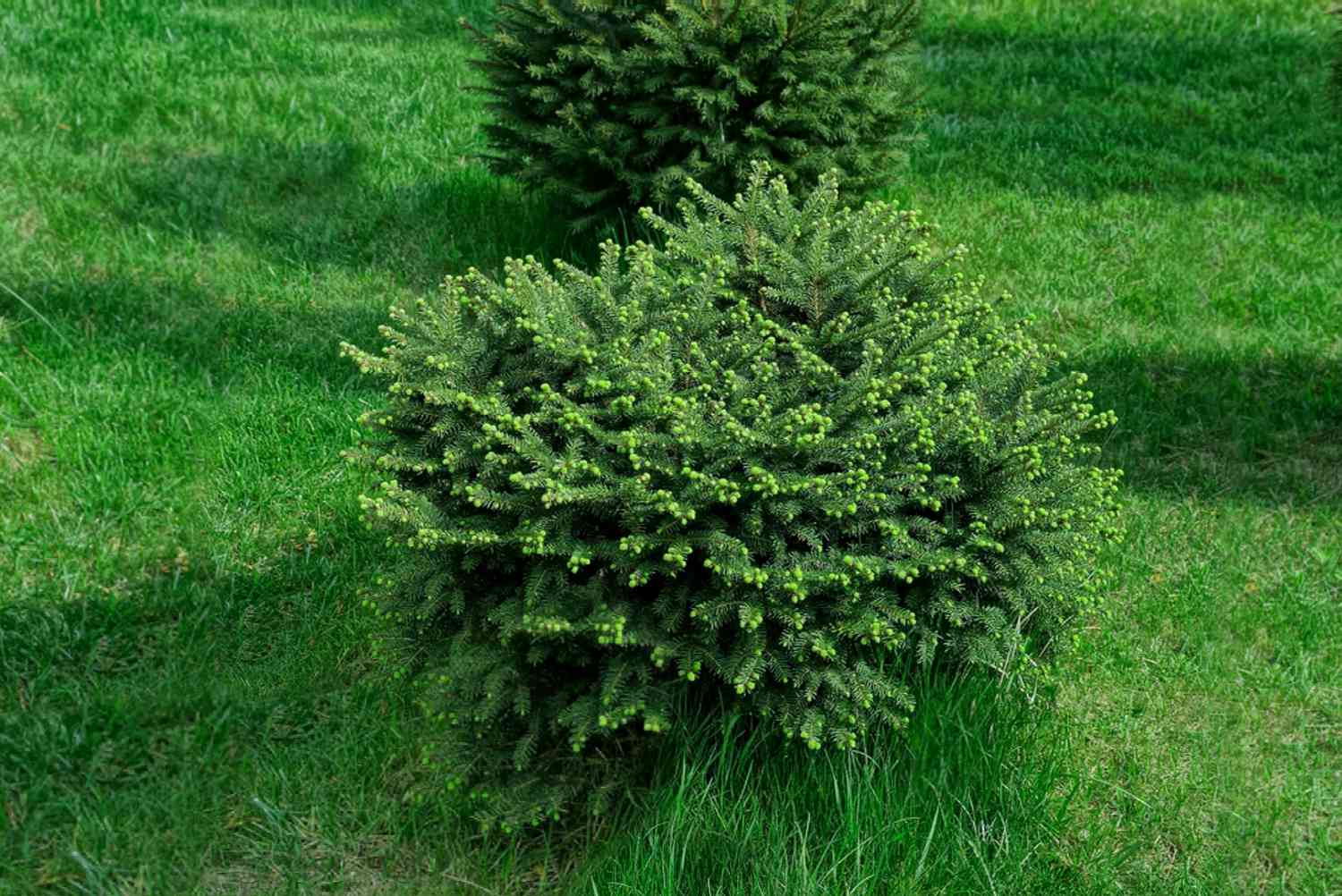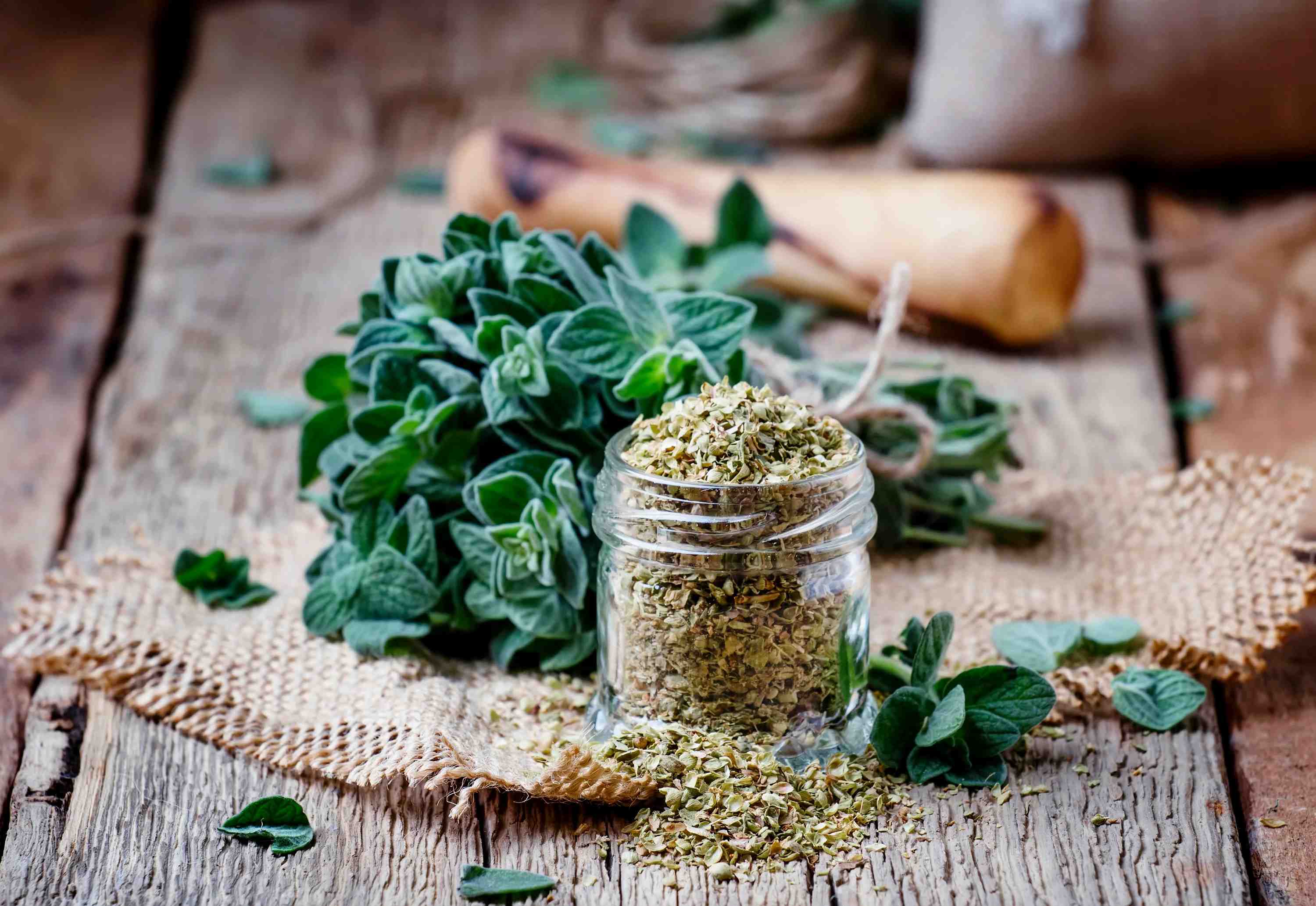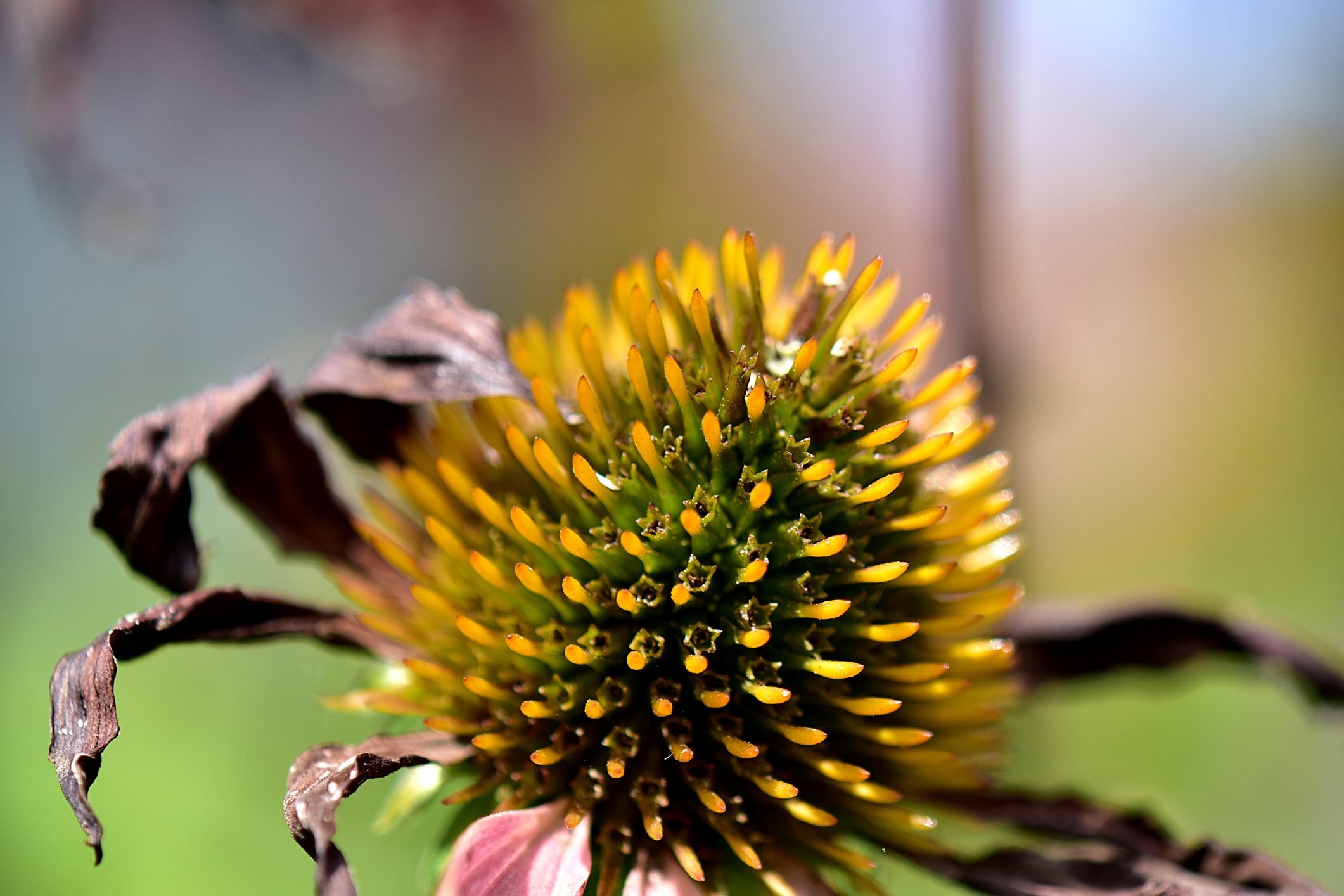Home>Types of Gardening>Ornamental Gardening>What Do Nasturtium Seedlings Look Like
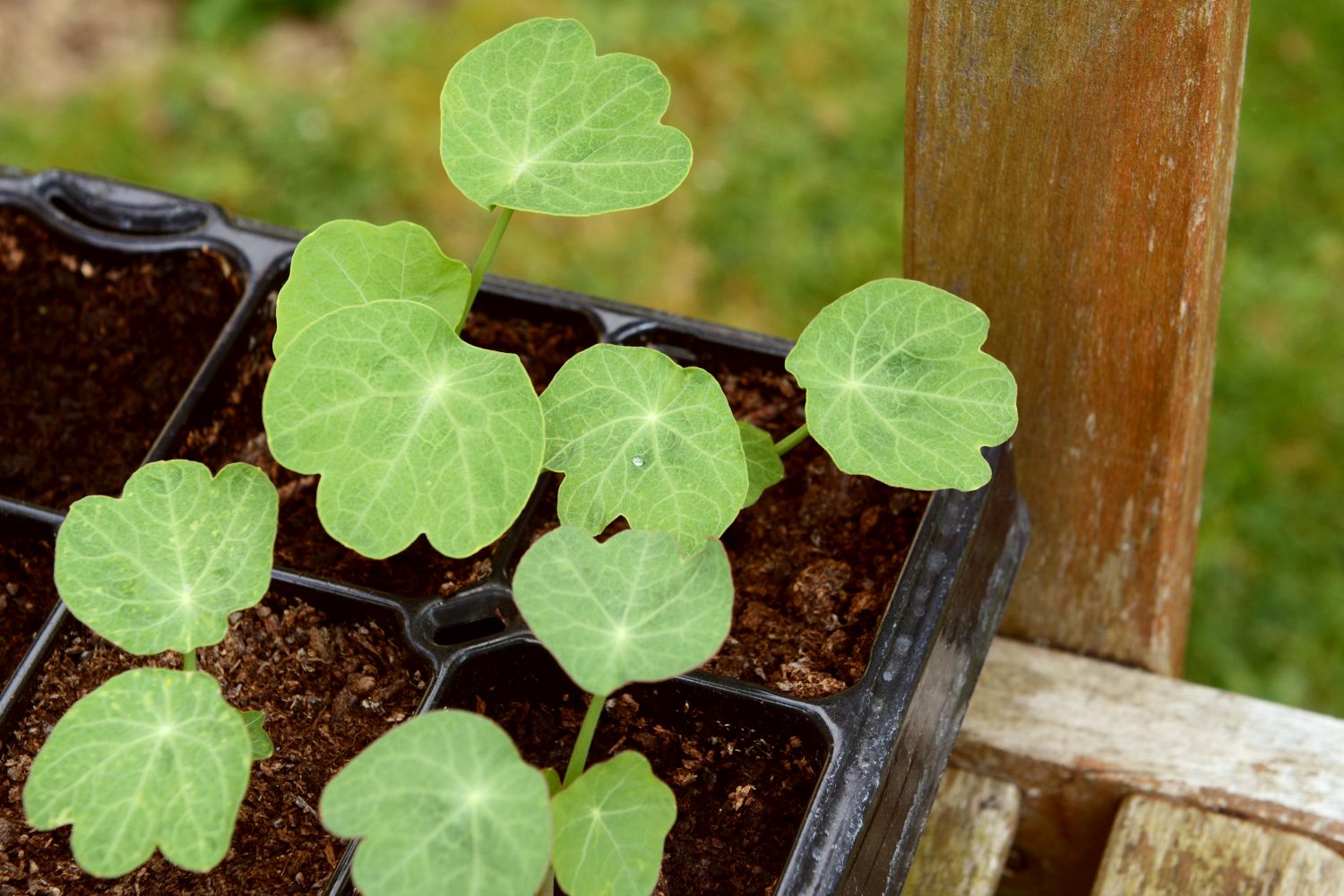

Ornamental Gardening
What Do Nasturtium Seedlings Look Like
Modified: February 7, 2024
Learn about what nasturtium seedlings look like and how to identify them in your ornamental gardening endeavors. Discover tips and tricks for successful cultivation.
(Many of the links in this article redirect to a specific reviewed product. Your purchase of these products through affiliate links helps to generate commission for Chicagolandgardening.com, at no extra cost. Learn more)
Table of Contents
Introduction
Welcome to the wonderful world of ornamental gardening! One of the most delightful plants to grow in your garden is the humble nasturtium. These vibrant and easy-to-grow flowers bring a cheerful burst of color to any outdoor space. But before you can enjoy the radiant beauty of fully grown nasturtiums, it’s important to understand the early stages of their growth. In this article, we will explore what nasturtium seedlings look like and provide you with valuable insights on their characteristics, growth, care, and common issues.
Nasturtium seedlings are an essential part of the plant’s life cycle. They are the first glimpse of what will eventually transform into stunning blossoms and lush foliage. Understanding the appearance and development of nasturtium seedlings is crucial for successfully nurturing and cultivating these lovely plants.
Whether you are a seasoned gardener or just starting your gardening journey, this article is for you. We will delve into the fascinating world of nasturtium seedlings, exploring their characteristics, growth patterns, environmental factors that affect them, and how to address common pests and diseases that may arise. Additionally, we will share some helpful tips to ensure your nasturtium seedlings thrive and flourish in your garden.
So, let’s get started and take a closer look at the enchanting world of nasturtium seedlings!
Characteristics of Nasturtium Seedlings
Nasturtium seedlings exhibit several distinct characteristics that distinguish them from other plants. Understanding these traits will help you identify and care for your seedlings effectively. Here are some key features to look out for:
- Leaf Structure: Nasturtium seedlings typically have round, lobed leaves with a vibrant green color. The leaves are small in size and have a slightly succulent texture.
- Growth Habit: Nasturtium seedlings initially have a compact, bushy growth habit. As they mature, they start to develop trailing vines that spread out and cascade beautifully.
- Root System: Nasturtium seedlings form a robust and extensive root system. Their roots are generally shallow, allowing them to adapt well to container gardening.
- Tendrils: As the seedlings grow, they produce delicate tendrils that help them climb and anchor themselves to trellises, fences, or other support structures.
- Flower Buds: One of the most exciting aspects of nasturtium seedlings is the appearance of tiny flower buds. These buds start off as small, green nubs and eventually develop into vibrant blooms.
- Color Variation: Nasturtium seedlings can exhibit a range of colors, including shades of red, orange, yellow, and even cream. Some varieties display unique bi-color or speckled patterns, adding further visual interest.
It is important to note that while these characteristics are generally consistent across nasturtium seedlings, there may be slight variations depending on the specific variety you are growing. Observing these traits will not only help you identify healthy and thriving seedlings but also allow you to track their development as they mature into beautiful plants.
Now that we have explored the characteristics of nasturtium seedlings, let’s delve into their growth and development to gain a deeper understanding of their journey towards becoming a cherished part of your garden.
Growth and Development of Nasturtium Seedlings
Understanding the growth and development of nasturtium seedlings is key to successfully tending to these delightful plants. Let’s take a closer look at the various stages of their growth:
Germination: The journey of a nasturtium seedling begins with germination. Nasturtium seeds are relatively large and have a hard outer shell. To assist with germination, it is advisable to soak the seeds in water overnight or scarify them gently before planting. Once the seeds are planted in well-drained soil, they typically take around 10 to 14 days to germinate. During this stage, the seedlings emerge from the soil as miniature plants.
Early Growth: As the seedlings emerge, they focus on establishing a strong root system and developing their initial set of leaves. During this stage, it is crucial to provide them with adequate water and sunlight. Nasturtiums thrive in full sun but can tolerate light shade. Ensure that the soil remains consistently moist, but be careful not to overwater as it may lead to root rot.
Vine Formation: As the seedlings continue to grow, they start to develop trailing vines. These vines produce small, round leaves, and the plant’s overall growth becomes more expansive. This is an exciting phase to observe as the seedlings start to showcase their unique growth habit.
Flower Bud Formation: After several weeks of growth, nasturtium seedlings begin to produce flower buds. The buds start off small and gradually increase in size. Depending on the variety, the buds may have a vibrant hue or show unique color patterns. This is an exciting milestone, as it signals that the seedlings are progressing towards blooming.
Blooming Stage: Finally, the seedlings blossom into full-grown nasturtium plants, showcasing their stunning array of colorful flowers. The flowers can range from single to double blooms, and they attract pollinators such as bees and butterflies to your garden. Enjoy the beauty and fragrance of the blossoms as you care for your flourishing nasturtium plants.
It’s important to note that the timeline for growth and development may vary depending on the specific variety, growing conditions, and climate. However, by understanding the general stages of nasturtium seedling growth, you can provide the necessary care and support to ensure their healthy development.
Now that we have explored the growth and development of nasturtium seedlings, let’s turn our attention to the environmental factors that can impact their overall well-being.
Environmental Factors Affecting Nasturtium Seedlings
As with any plant, nasturtium seedlings are influenced by various environmental factors that can impact their growth and vitality. Understanding these factors will help you create optimal conditions for your seedlings to thrive. Here are some important environmental factors to consider:
- Sunlight: Nasturtiums thrive in full sun but can also tolerate light shade. Ideally, they require at least 6 to 8 hours of direct sunlight each day for robust growth and abundant blooms. If growing them indoors, place them near a sunny window or use supplemental grow lights to ensure they receive adequate light.
- Temperature: Nasturtium seedlings prefer moderate temperatures between 60°F and 75°F (15°C-24°C). They are sensitive to frost and should only be planted outdoors after the threat of frost has passed. Extreme heat can also stress the seedlings, so providing some shade during scorching summer days is beneficial.
- Soil: Nasturtiums thrive in well-draining soil with a slightly acidic to neutral pH level (pH 6.0-7.0). They are not picky about soil fertility and can grow in various soil types, including sandy or loamy soil. However, ensuring good drainage is crucial to prevent waterlogged roots.
- Watering: While nasturtiums are relatively drought-tolerant, it is essential to keep the soil consistently moist during the early growth stages. Water the seedlings deeply but less frequently to encourage deep root development. Be careful not to overwater, as it can lead to root rot.
- Fertilization: Nasturtiums generally do not require excessive fertilization. In fact, too much nitrogen-rich fertilizer can promote excessive foliage growth at the expense of flower production. Consider using a balanced, organic fertilizer during the planting stage, and top-dress the soil with compost periodically to enhance nutrient levels naturally.
- Spacing: Providing adequate spacing between seedlings is crucial for promoting good air circulation and preventing diseases. Space the seedlings at least 10-12 inches apart to allow for healthy growth and ample sunlight exposure.
By paying attention to these environmental factors and making necessary adjustments, you can create an environment that supports the healthy growth and development of your nasturtium seedlings.
Now that we have explored the environmental factors, let’s discuss the common pests and diseases that can affect nasturtium seedlings and how to address them effectively.
Common Pests and Diseases of Nasturtium Seedlings
Like any plant, nasturtium seedlings are susceptible to certain pests and diseases that can hinder their growth and vitality. Being aware of these common issues will help you detect and address them promptly to ensure the health of your seedlings. Here are some pests and diseases to watch out for:
- Aphids: These small, soft-bodied insects are a common problem for nasturtiums. They feed on the sap of the plants, causing wilting and distortion of leaves and buds. To control aphids, you can spray the affected plants with a mild solution of water and dish soap or utilize insecticidal soap.
- Cabbage Worms: These green caterpillars can cause significant damage to the leaves of your nasturtium seedlings. Handpicking the worms or using organic insecticides like Bacillus thuringiensis (Bt) can help control their population.
- Slugs and Snails: These slimy creatures love to feast on the young leaves and stems of nasturtium seedlings. To deter slugs and snails, you can create physical barriers like copper tape around the plants or use organic bait traps.
- Powdery Mildew: Powdery mildew is a fungal disease that appears as a white or gray powdery coating on the leaves. It thrives in humid conditions and can affect the overall health and appearance of the seedlings. Ensuring proper air circulation and avoiding overhead watering can help minimize the risk of powdery mildew.
- Root Rot: Overwatering or poorly-drained soil can lead to root rot, which causes the roots to become mushy and black. To prevent root rot, ensure that the soil has good drainage and allow it to slightly dry out between waterings.
- Leaf Spot: Leaf spot is a common fungal disease that manifests as brown or black spots on the leaves of nasturtium seedlings. Removing and destroying the affected leaves can help prevent the spread of the disease. Providing adequate spacing between plants and avoiding overhead watering can also help minimize leaf spot occurrences.
Vigilance is key when it comes to pests and diseases. Regularly inspecting your nasturtium seedlings and taking appropriate preventive measures, such as proper watering and maintaining good air circulation, can go a long way in ensuring their health and well-being.
Now that we have learned about the common pests and diseases, let’s explore some valuable tips for growing and caring for your nasturtium seedlings.
Tips for Growing and Caring for Nasturtium Seedlings
To ensure the successful growth and beautiful blooms of your nasturtium seedlings, here are some valuable tips for their care:
- Choose the right location: Nasturtiums thrive in full sun but can tolerate light shade. Select a location in your garden that receives at least 6 to 8 hours of direct sunlight per day.
- Prepare the soil: Nasturtiums prefer well-drained soil with a slightly acidic to neutral pH. Amend the soil with organic matter, like compost or well-rotted manure, to improve its fertility and drainage.
- Soak or scarify the seeds: Nasturtium seeds have a hard outer shell that benefits from soaking in water overnight or gently scarifying before planting. This process helps to improve germination rates.
- Space the seedlings properly: Give your nasturtium seedlings enough room to grow by spacing them at least 10-12 inches apart. This allows for good air circulation and prevents the spread of diseases.
- Water appropriately: While nasturtiums are relatively drought-tolerant, it is important to keep the soil consistently moist during the early growth stages. Water deeply, but allow the soil to slightly dry out between waterings to prevent root rot.
- Provide support for climbing varieties: If you are growing climbing or trailing varieties, provide them with trellises, fences, or other support structures for the vines to climb on. This not only enhances their growth habit but also adds visual interest to your garden.
- Do not over-fertilize: Nasturtiums do not require excessive fertilization. Too much nitrogen-rich fertilizer can result in excessive foliage growth at the expense of flower production. A balanced organic fertilizer during planting and occasional top-dressing with compost is usually sufficient.
- Deadhead spent blooms: To encourage continuous blooming, remove any faded or spent flowers. This prevents the plant from putting energy into seed production and redirects it towards producing new blooms.
- Harvest and enjoy the flowers: Nasturtium flowers are not only beautiful but also edible! Add them to salads or use them as a garnish to add a peppery flavor and vibrant color to your culinary creations.
By following these tips, you can ensure that your nasturtium seedlings receive the optimal care and grow into healthy, vibrant plants that bring joy to your garden.
Now that we have explored these valuable tips, you are equipped with the knowledge to grow and care for your nasturtium seedlings. Enjoy the journey of nurturing these beautiful plants and witnessing them transform into a breathtaking part of your ornamental garden!
Conclusion
Congratulations! You have now gained a comprehensive understanding of nasturtium seedlings and how to grow and care for them in your ornamental garden. From their distinct characteristics to their growth and development, you now know what to expect when nurturing these delightful plants.
Remember to pay attention to the environmental factors that can affect nasturtium seedlings, such as sunlight, temperature, soil, watering, spacing, and fertilization. By creating optimal conditions, you can ensure their healthy growth and beautiful blooms.
Keep an eye out for common pests and diseases that may impact your seedlings, including aphids, cabbage worms, slugs, snails, powdery mildew, root rot, and leaf spot. Early detection and appropriate measures will help maintain the health of your seedlings.
With the tips provided, you can grow and care for your nasturtium seedlings with confidence. Choose the right location, prepare the soil, provide support for climbing varieties, and water appropriately. Deadhead spent blooms to encourage continuous flowering, and don’t forget to harvest and enjoy the edible flowers.
As you embark on this gardening journey, remember that each seedling represents the potential for a vibrant and flourishing nasturtium plant. Embrace the joy of nurturing these plants and observe their transformation as they bring a burst of color and beauty to your outdoor space.
So, go ahead and start planting your nasturtium seedlings. With your newfound knowledge and the tips provided, you are well-equipped to create a thriving garden filled with the charm and vibrancy of nasturtiums. Happy gardening!
